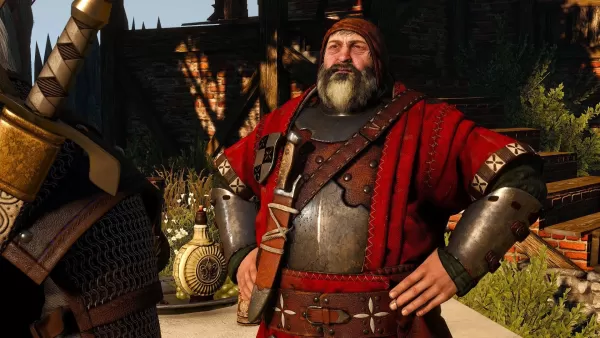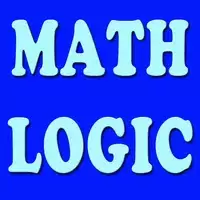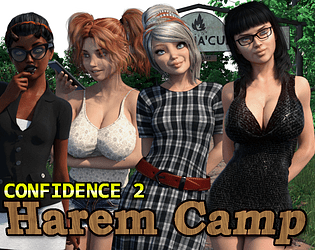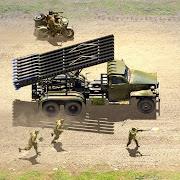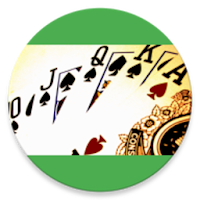This article delves into the symbolic meanings behind the terrifying creatures inhabiting the Silent Hill universe, exploring their psychological significance within the context of the games' narratives. Spoiler alert: This analysis reveals key plot points and character interpretations.
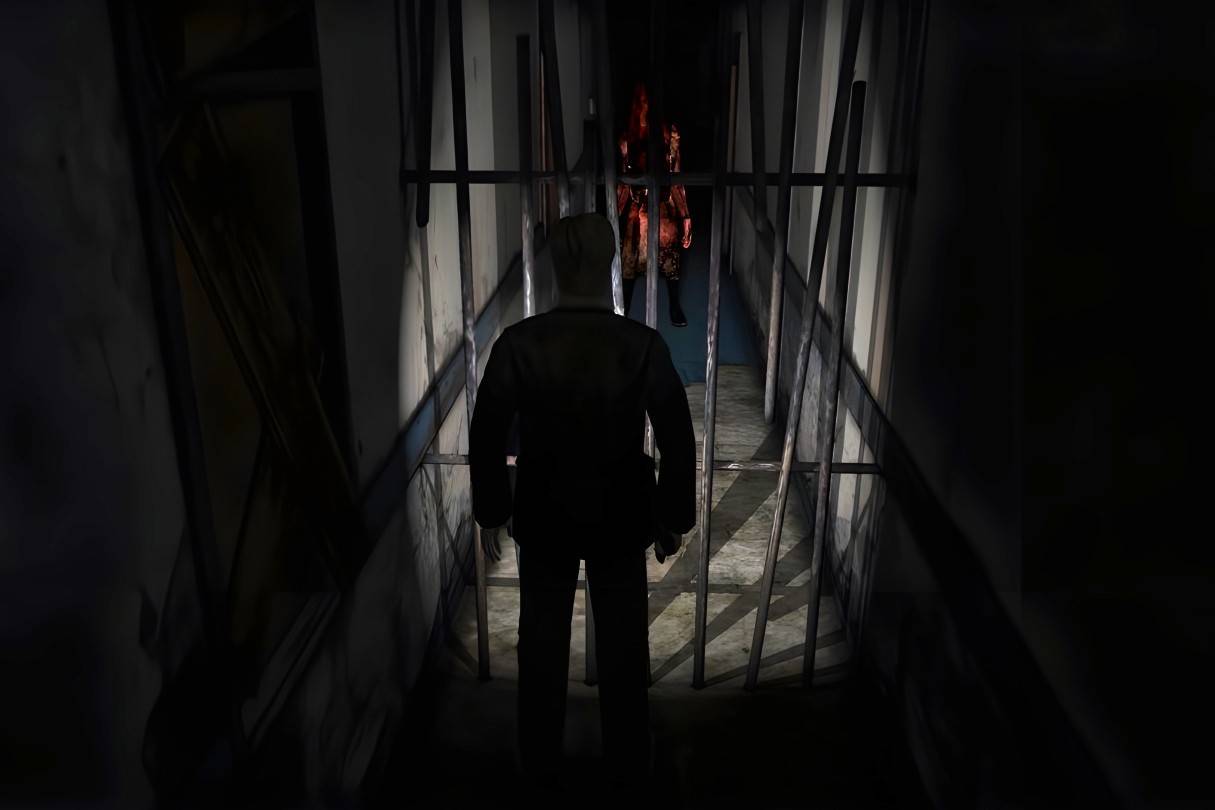 Image: ensigame.com
Image: ensigame.com
Unlike typical survival horror, the Silent Hill series focuses on internal struggles, manifesting personal fears and trauma through the town's supernatural atmosphere. This psychological depth distinguishes it within the genre. The game's heavy symbolism and complex narratives require careful interpretation, aided by clues subtly woven into the gameplay.
Table of Contents
- Pyramid Head
- Mannequin
- Flesh Lip
- Lying Figure
- Valtiel
- Mandarin
- Glutton
- Closer
- Insane Cancer
- Grey Children
- Mumblers
- Twin Victims
- Butcher
- Caliban
- Bubble Head Nurse
Pyramid Head
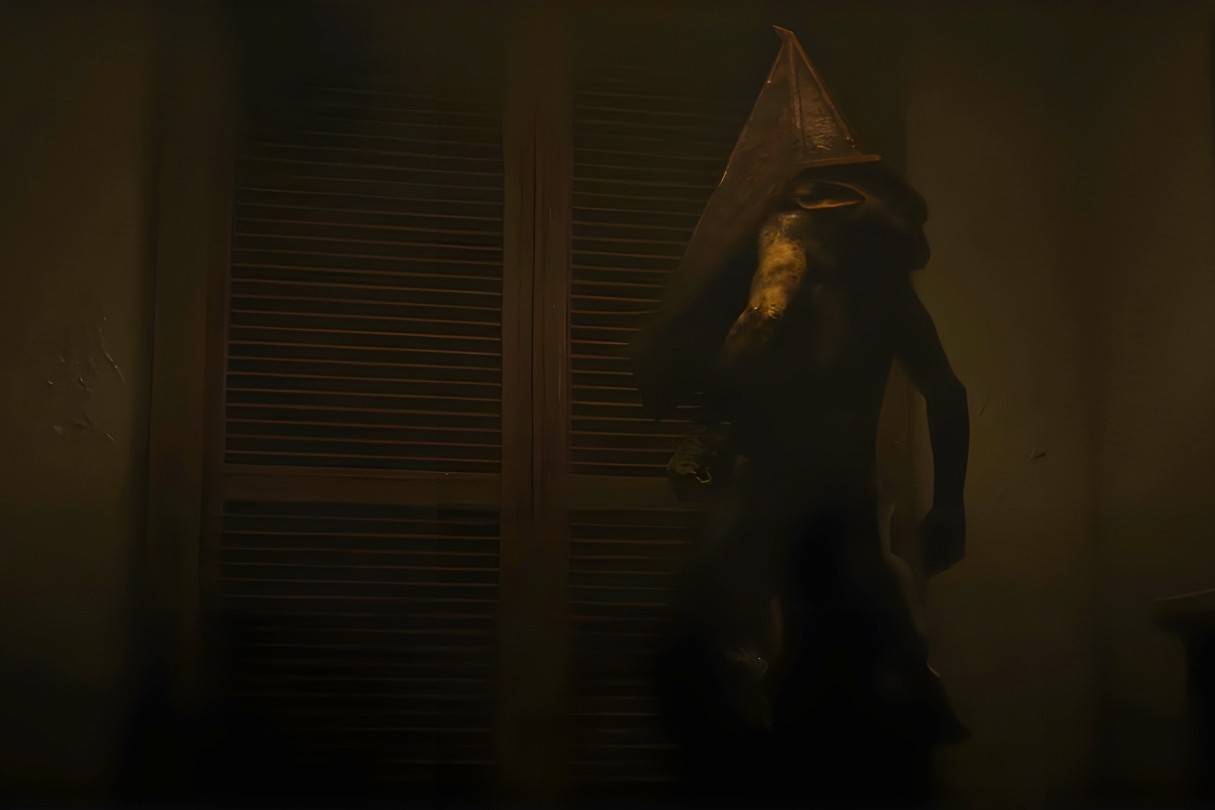 Image: ensigame.com
Image: ensigame.com
First appearing in Silent Hill 2 (2001), Pyramid Head embodies protagonist James Sunderland's guilt and torment. His unique hand design, a product of PS2 hardware limitations, enhances his expressive movements. Described as a "distorted memory of executioners," he represents Silent Hill's history of capital punishment, serving as both punisher and reflection of James' subconscious desire for self-punishment.
Mannequin
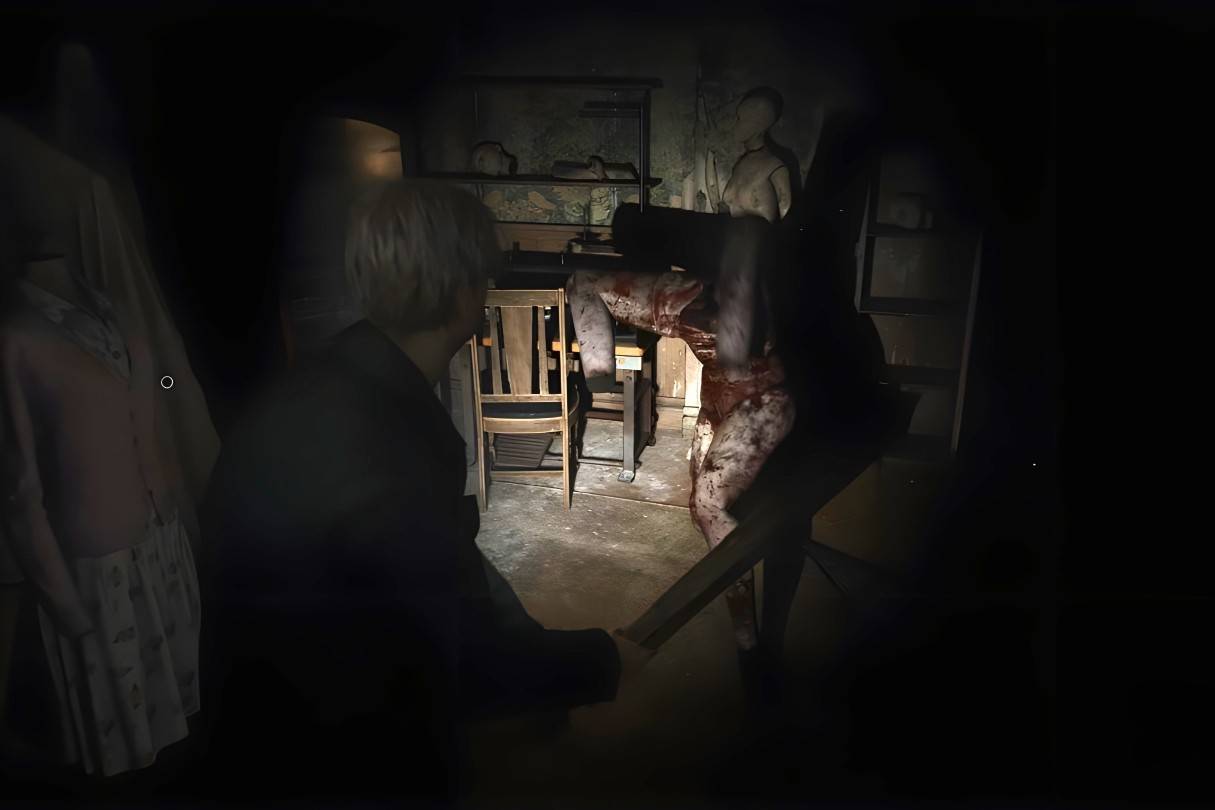 Image: ensigame.com
Image: ensigame.com
Introduced in Silent Hill 2, these creatures represent James' repressed memories of his wife's illness. Their leg braces and tubes evoke hospital imagery, reflecting his guilt and suppressed urges, aligning with Freudian psychoanalytic interpretations.
Flesh Lip
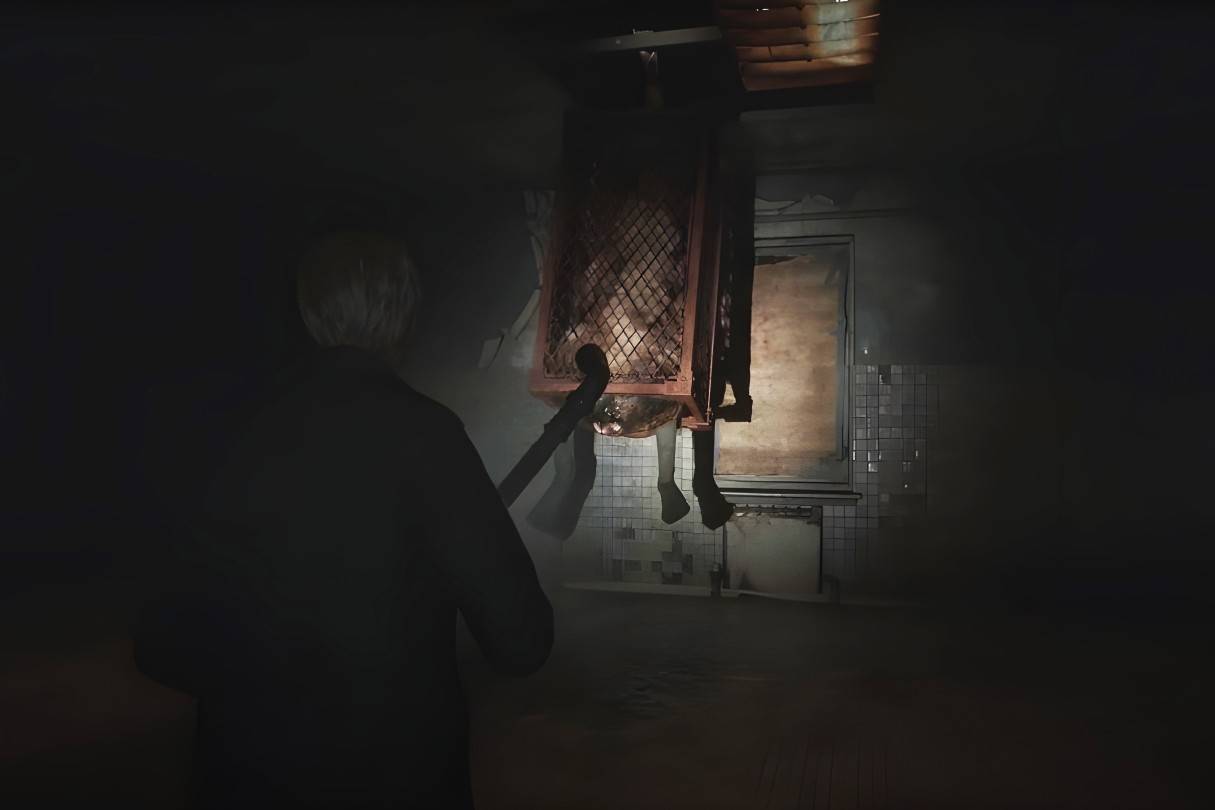 Image: ensigame.com
Image: ensigame.com
Debuting in Silent Hill 2, Flesh Lip's design draws inspiration from artistic works depicting suffering and death. It symbolizes James' memory of Mary's illness and her verbal abuse during her final days. Its appearance precedes other creatures with mouths, highlighting James' confrontation with painful memories.
Lying Figure
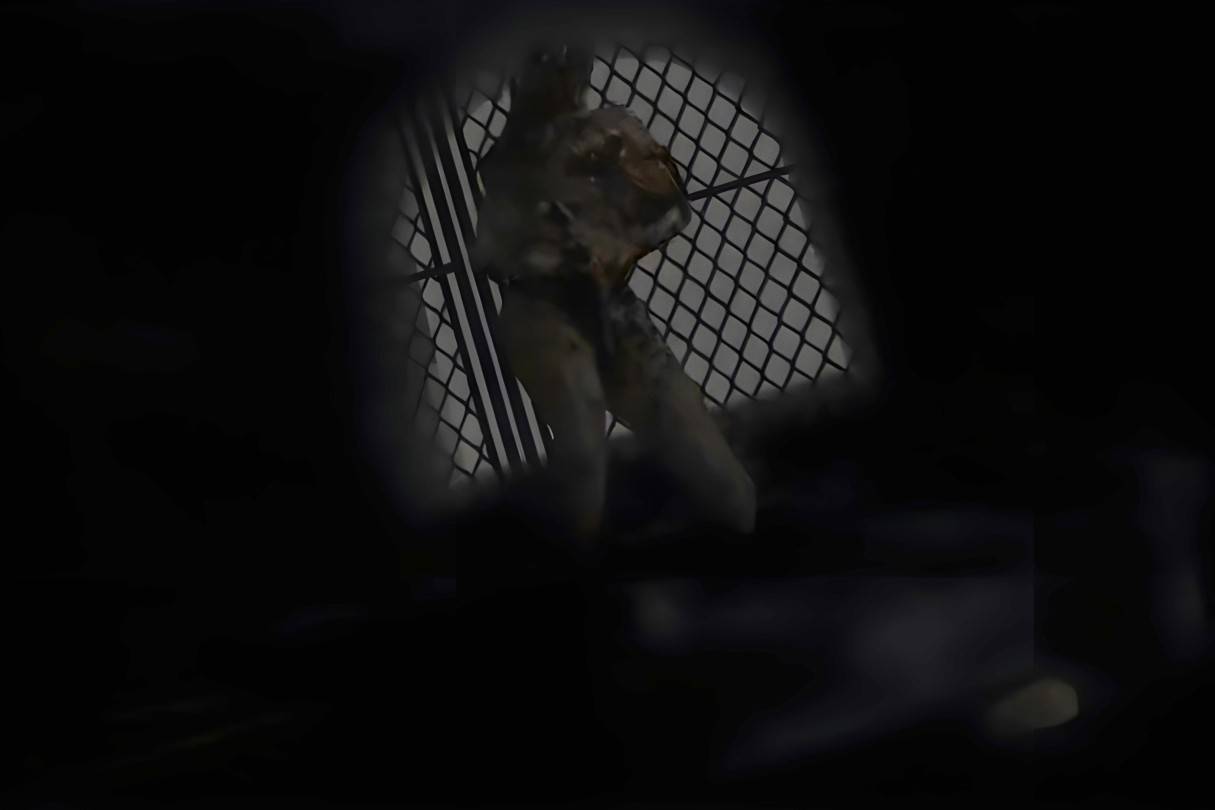 Image: ensigame.com
Image: ensigame.com
The first creature encountered in Silent Hill 2, Lying Figures embody James' repressed guilt and memories of Mary's suffering. Their twisted forms and resemblance to body bags symbolize death and the agony of his wife's illness.
Valtiel
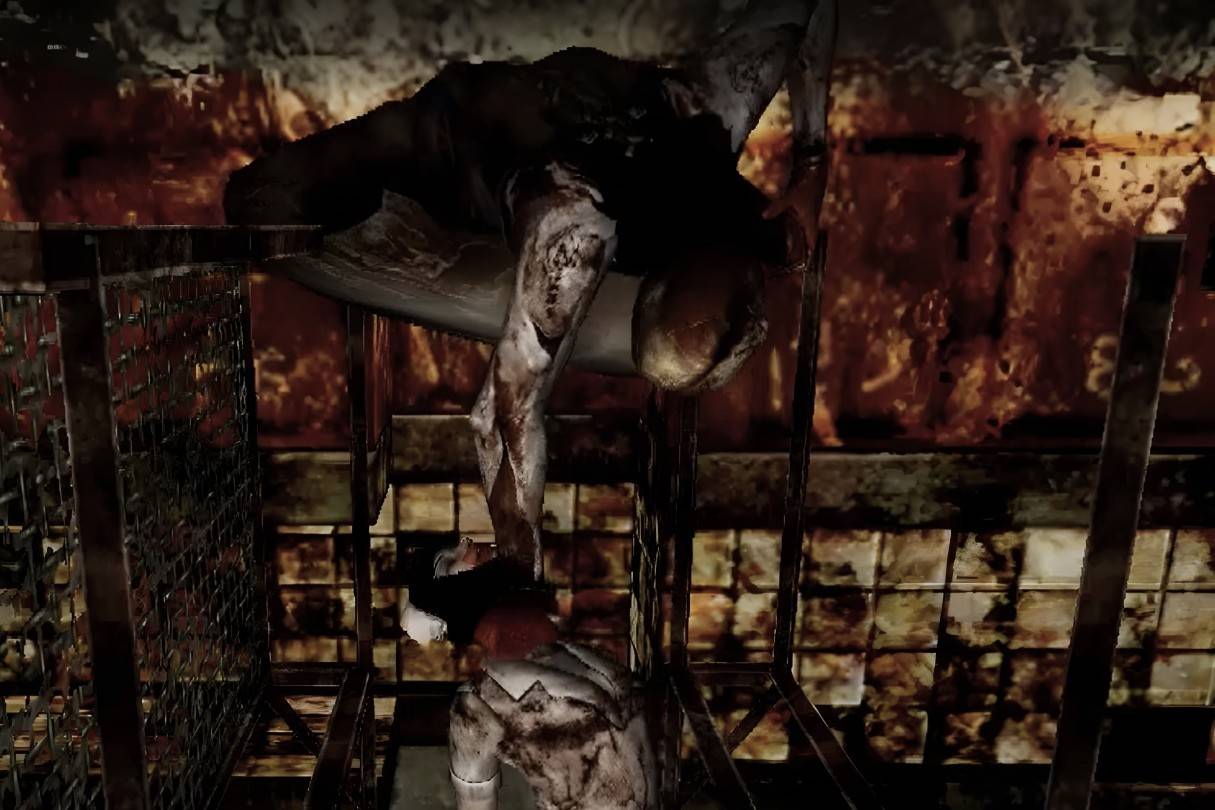 Image: ensigame.com
Image: ensigame.com
Unlike most Silent Hill creatures, Valtiel, from Silent Hill 3 (2003), is an independent entity serving a higher power. His appearance, resembling a surgeon, reflects his role in Heather's transformation.
Mandarin
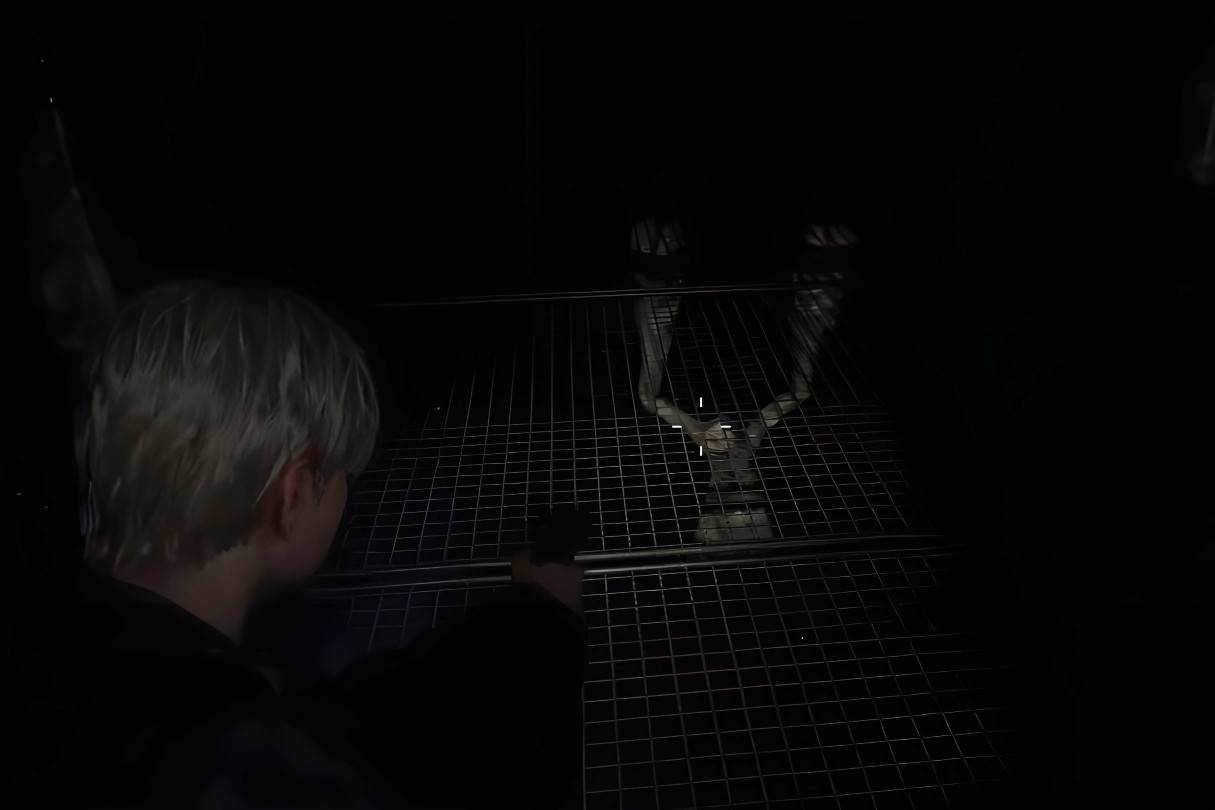 Image: ensigame.com
Image: ensigame.com
Found in Silent Hill 2, Mandarins symbolize James' anguish and memories of Mary's suffering, their orifice-like mouths echoing the recurring "mouth" motif in the game. Their subterranean confinement reflects James' desire to escape his guilt.
Glutton
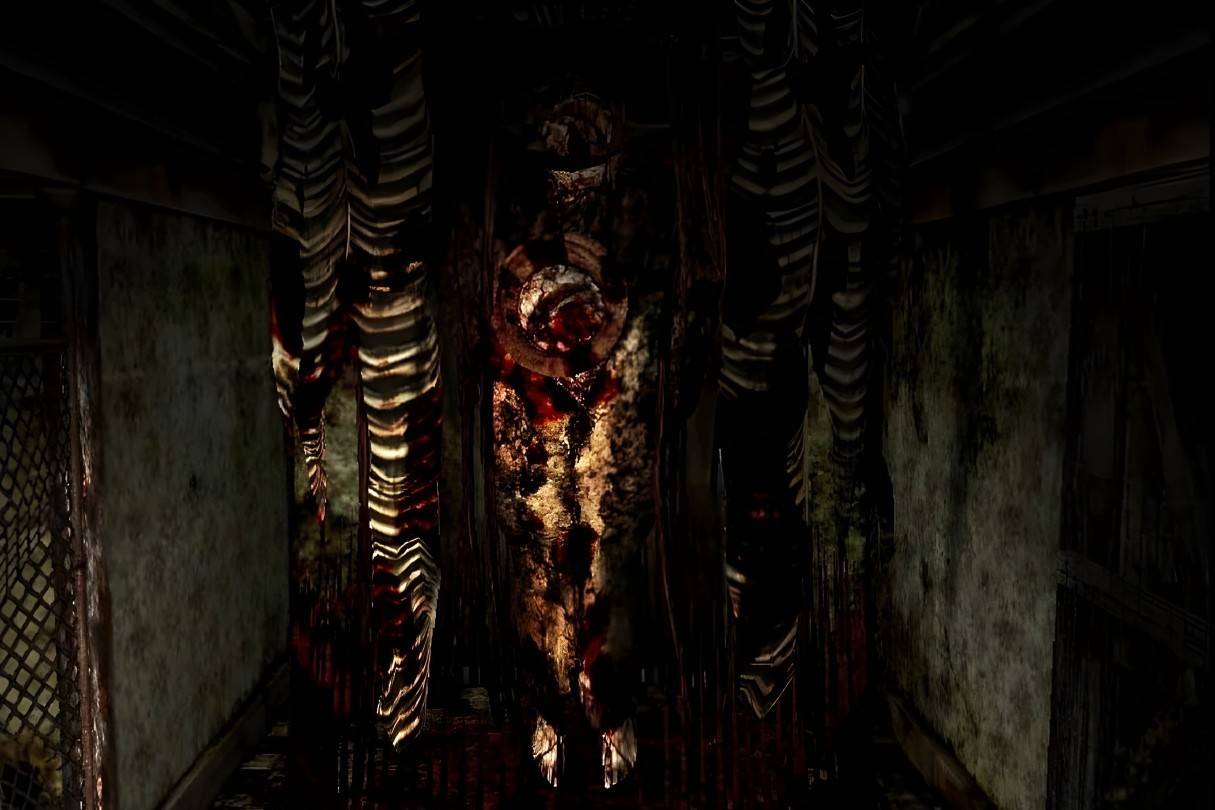 Image: ensigame.com
Image: ensigame.com
Appearing in Silent Hill 3, the Glutton, a massive immobile creature, symbolizes helplessness in the face of fate, mirroring Heather's struggle.
Closer
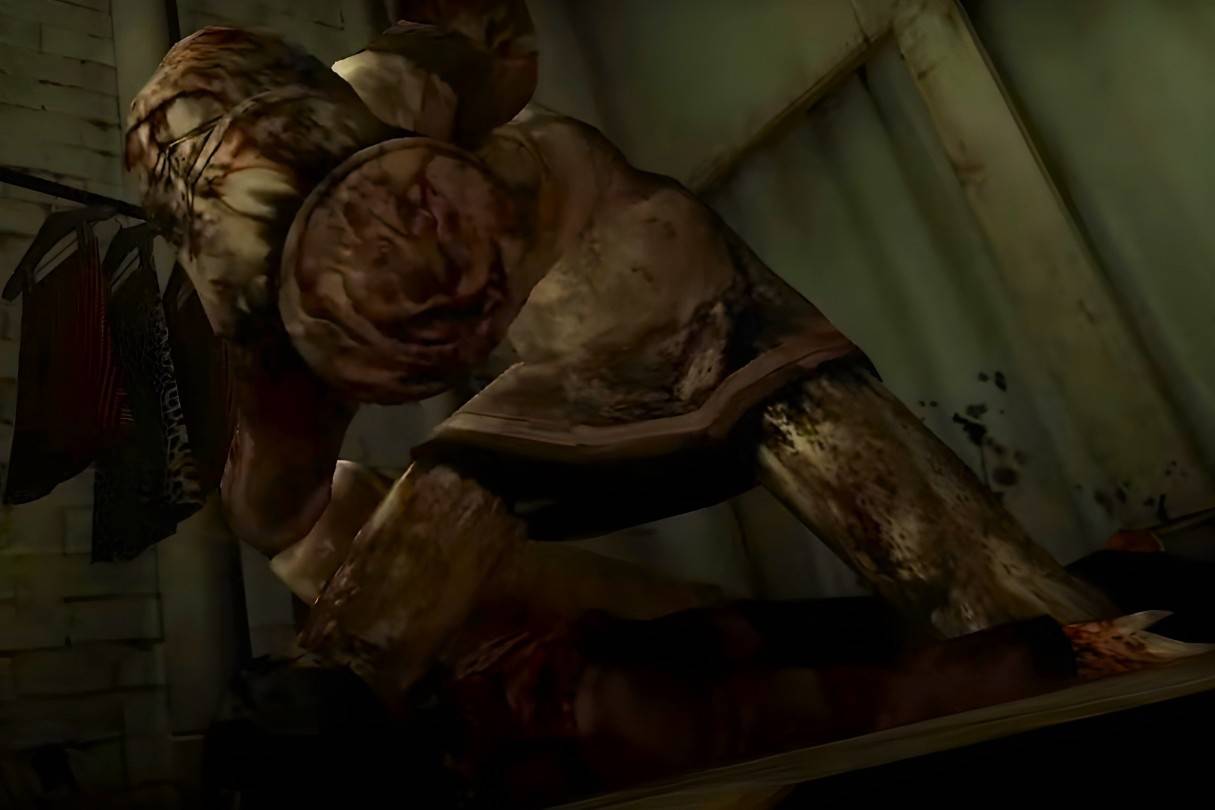 Image: ensigame.com
Image: ensigame.com
The first monster Heather encounters in Silent Hill 3, the Closer's design emphasizes menace and its ability to block paths.
Insane Cancer
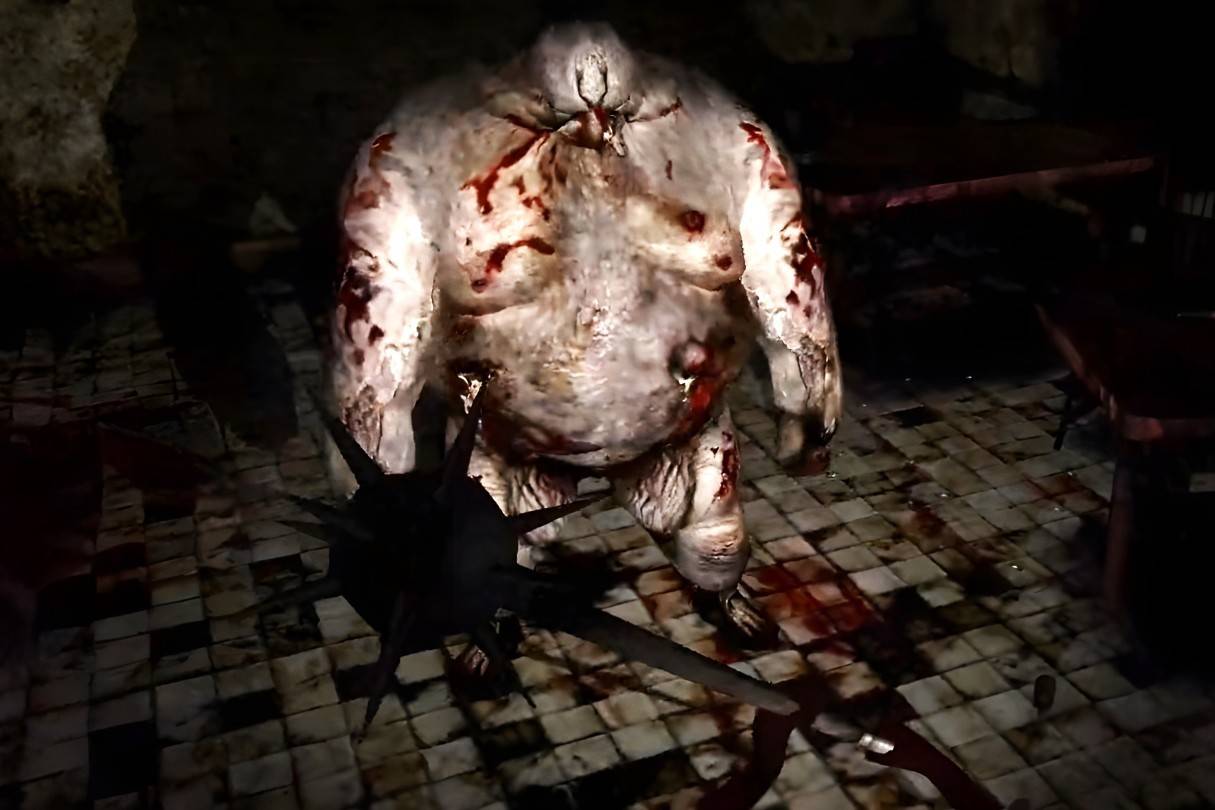 Image: ensigame.com
Image: ensigame.com
From Silent Hill 3, Insane Cancer reflects disease and corruption, potentially symbolizing Silent Hill's spreading evil or Alessa's self-loathing.
Grey Children
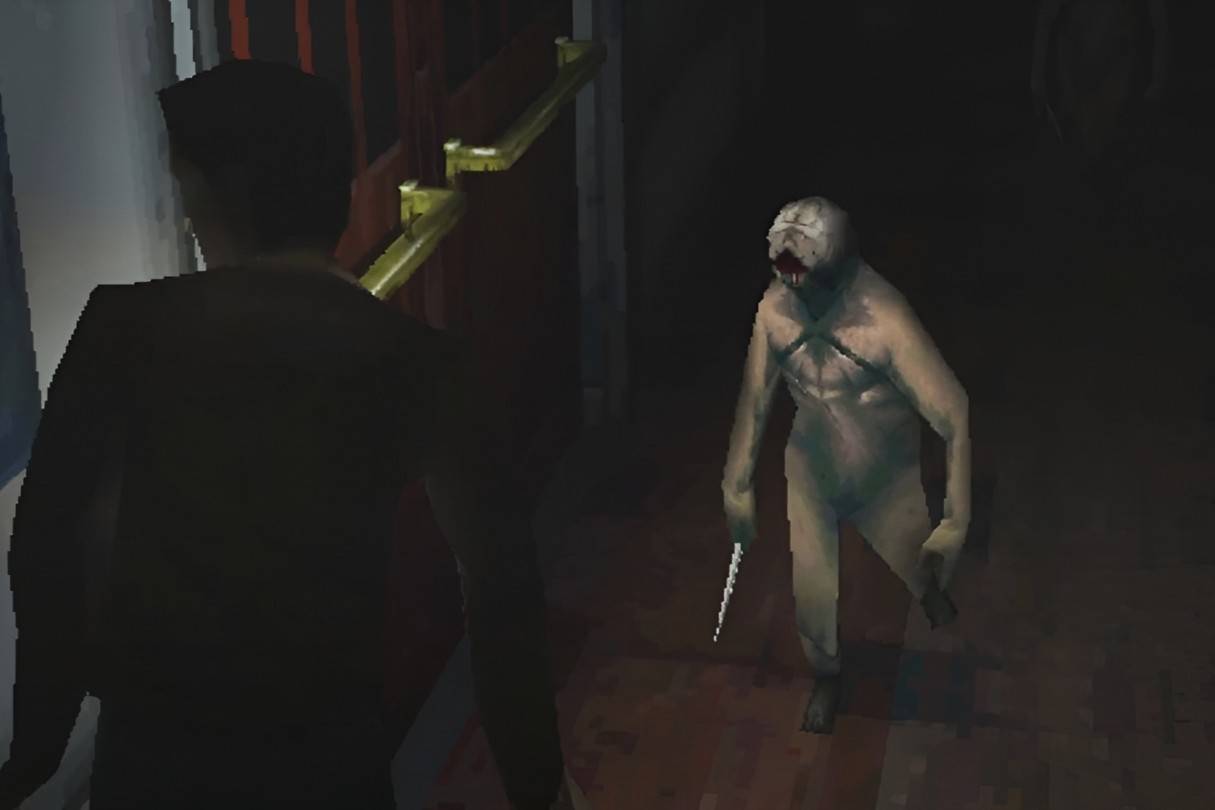 Image: ensigame.com
Image: ensigame.com
Appearing in Silent Hill (1999), Grey Children represent Alessa's tormentors and reflect her pain and desire for revenge.
Mumblers
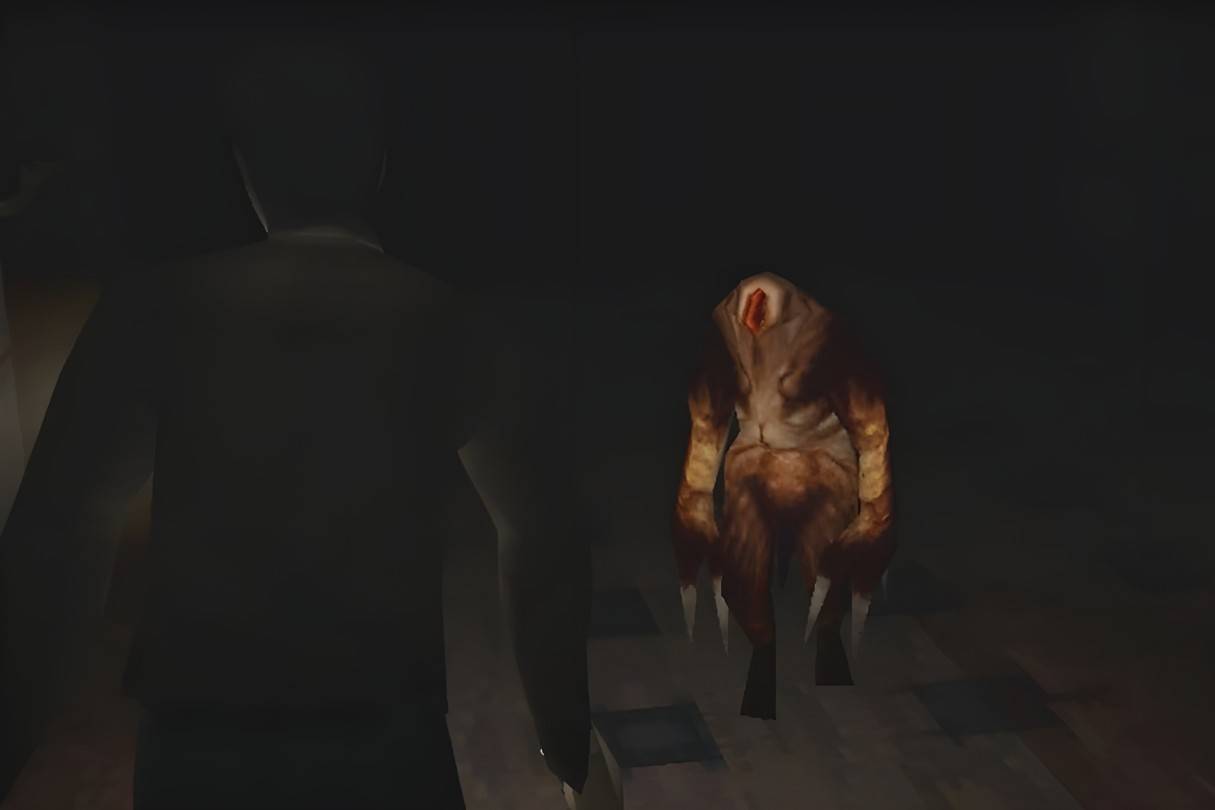 Image: ensigame.com
Image: ensigame.com
These creatures from Silent Hill reflect Alessa's childhood fears and distorted imagination.
Twin Victims
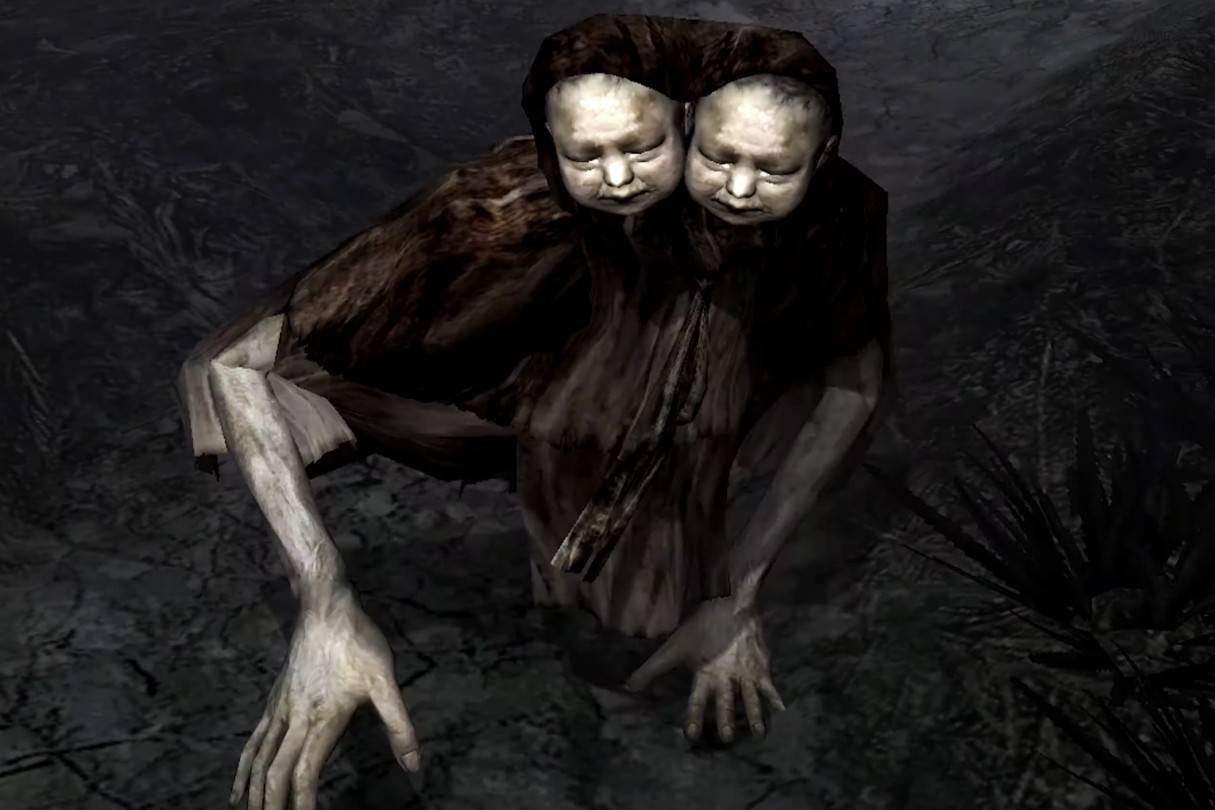 Image: ensigame.com
Image: ensigame.com
From Silent Hill 4: The Room, Twin Victims symbolize Walter Sullivan's obsessive attachment to his mother.
Butcher
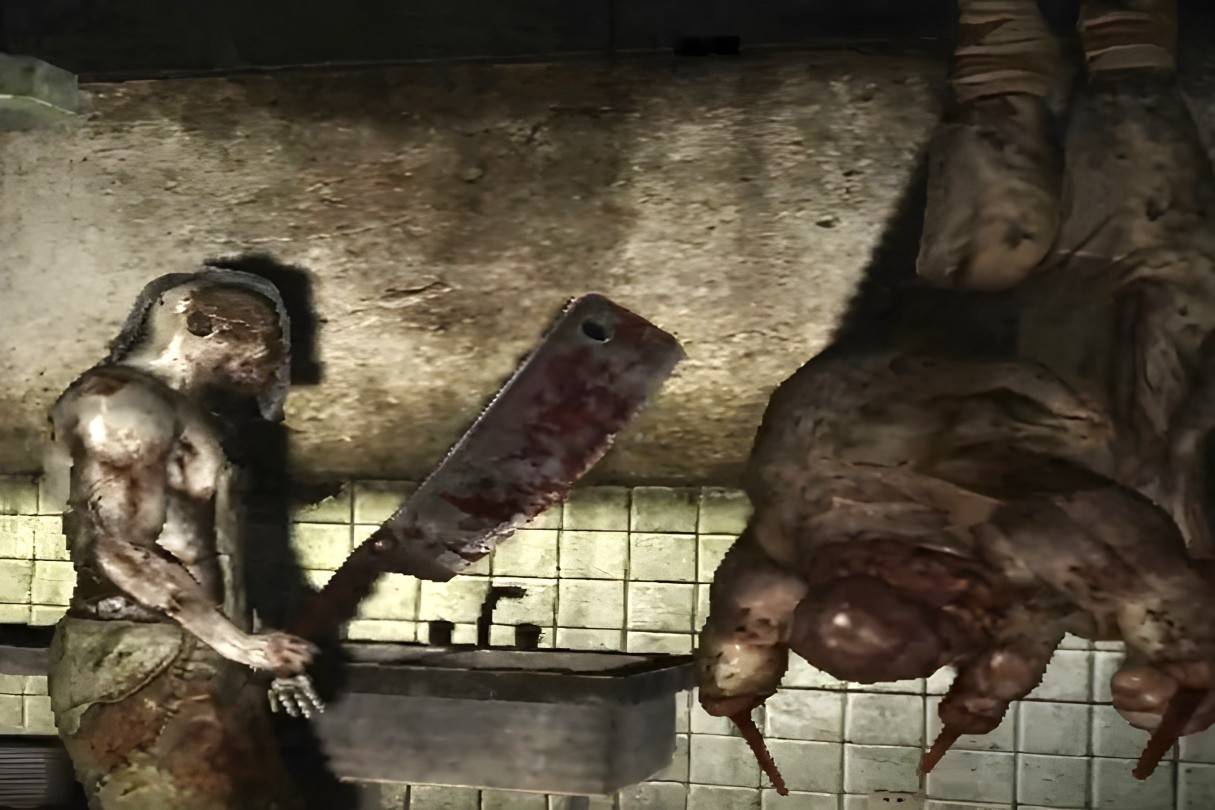 Image: ensigame.com
Image: ensigame.com
The Butcher, a major antagonist in Silent Hill: Origins, represents cruelty and sacrifice, reflecting the Order's rituals and Travis Grady's inner rage.
Caliban
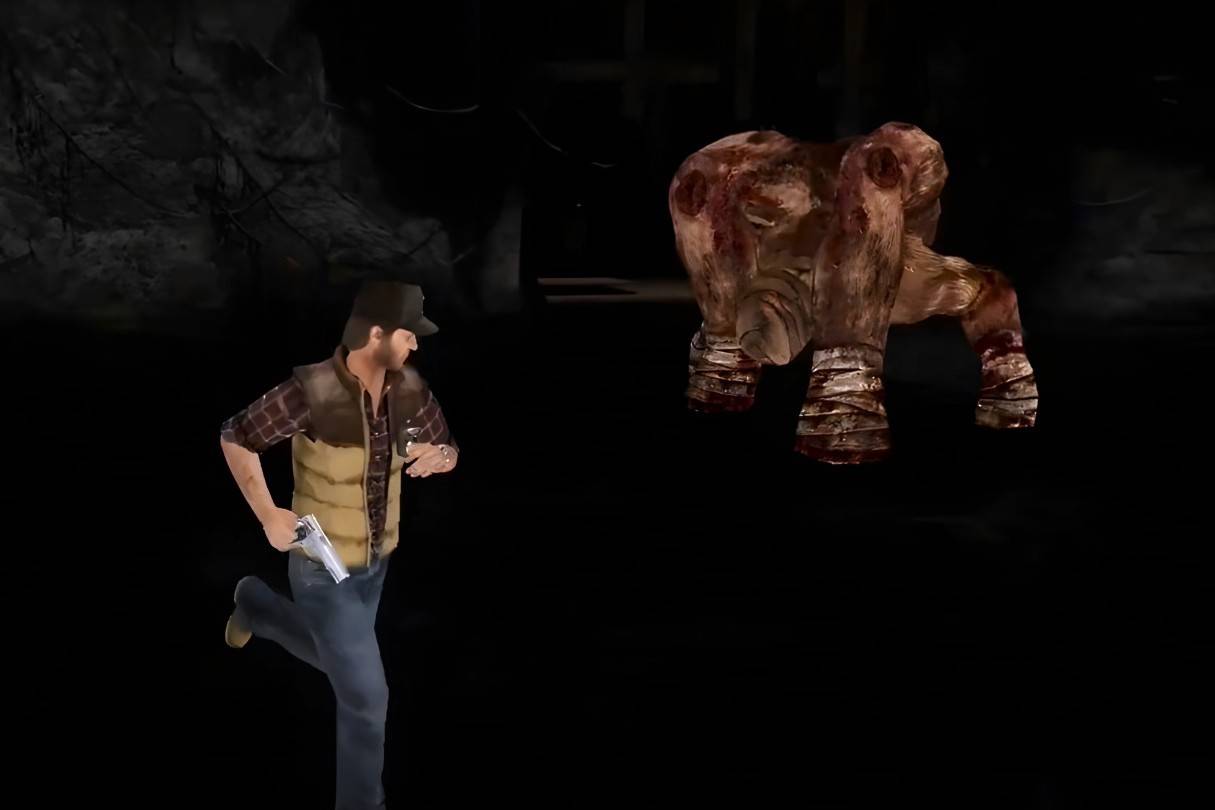 Image: ensigame.com
Image: ensigame.com
Caliban, from Silent Hill: Origins, symbolizes Alessa's fears, particularly her fear of dogs.
Bubble Head Nurse
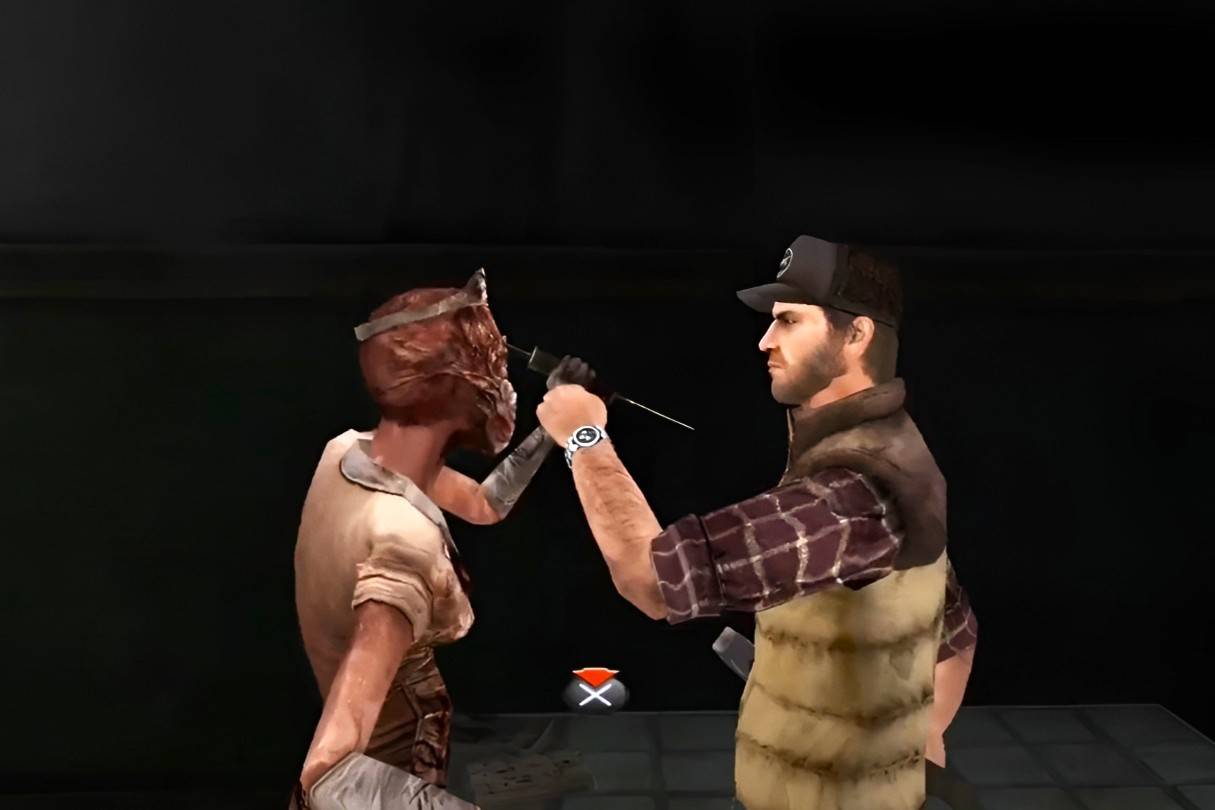 Image: ensigame.com
Image: ensigame.com
Appearing in Silent Hill 2, Bubble Head Nurses manifest James' subconscious guilt and repressed desires, symbolizing Mary's illness and their lost dreams of parenthood.
Conclusion
The Silent Hill monsters are not mere enemies; they are psychological manifestations of fear, guilt, and trauma, deeply connected to the protagonists' inner struggles and the town's dark influence. Their haunting presence reinforces the series' unique blend of psychological horror and profound symbolism.



